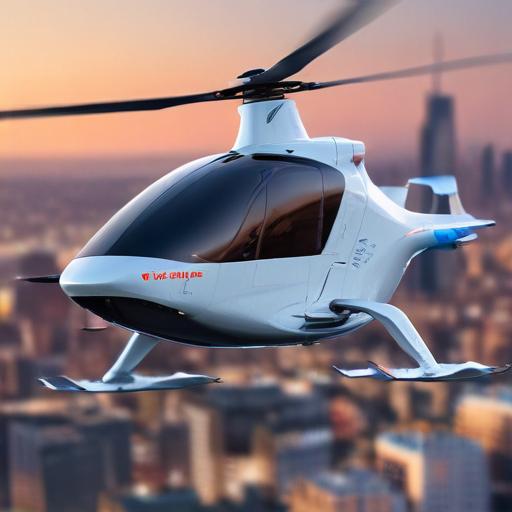Joby Aviation, a developer of electric air taxis, has reached an agreement to acquire Blade Air Mobility’s helicopter ride-share business for up to $125 million. This acquisition includes Blade’s passenger operations in the United States and Europe, yet it excludes the company’s medical division which focuses on organ transport.
Blade founder and CEO Rob Wiesenthal is set to lead the passenger business as a subsidiary of Joby, while Joby gains immediate access to 12 terminal locations in major urban centers like New York City. This includes essential spots such as John F. Kennedy International Airport and Newark Liberty Airport, as well as prime Manhattan locations.
Since its establishment in 2014, Blade has focused on building a digital app that allows users to reserve private helicopter rides on short routes. This service has become popular among affluent clients looking to bypass typical traffic jams, particularly during peak travel times to places like The Hamptons. Last year, Blade serviced over 50,000 customers on routes that also include connections from Nice, France to prestigious destinations like Monaco and Saint-Tropez.
Joby Aviation’s founder, JoeBen Bevirt, described the acquisition as a vital step towards launching its commercial services in Dubai and scaling operations worldwide. The integration of Joby’s advanced software into Blade’s service is expected to enhance passenger experiences with innovative air taxi operations. Plans are in place for the Blade brand to ultimately transition from helicopters to electric air taxis.
Joby Aviation, which went public in 2021 via a merger with Reinvent Technology Partners—a special purpose acquisition company—has been focused for over a decade on creating, certifying, and manufacturing its electric vertical take-off and landing (eVTOL) aircraft. The deal specifies that Joby will withhold $35 million of the purchase price, contingent on Blade achieving specific performance benchmarks and retaining key employees.
This strategic move underscores Joby’s commitment to enhancing urban mobility solutions and the future of air transportation, contributing to a more sustainable and efficient commuting landscape. The anticipated technology integration and expansion into new markets bode well for both companies as they aim to capitalize on the growing demand for innovative transportation options.
